10 Star Wars Planets That Really Exist in Our Universe
Filming the cult epic fantasy saga "Star Wars", George Lucas created not only the most interesting characters, but also a phenomenally elaborated Universe full of unusual planets. However, some planets from Star Wars, according to scientists, have real twins in our universe.
(Total 10 photos)
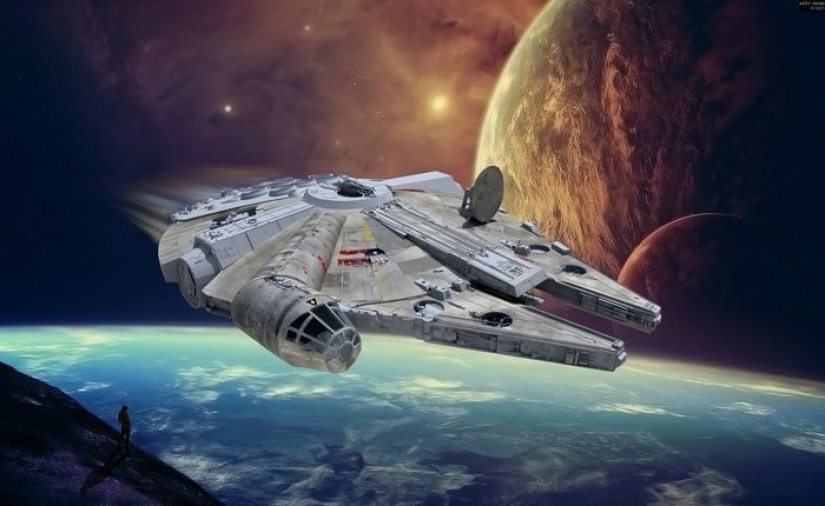 Source: novate.ru
Source: novate.ru
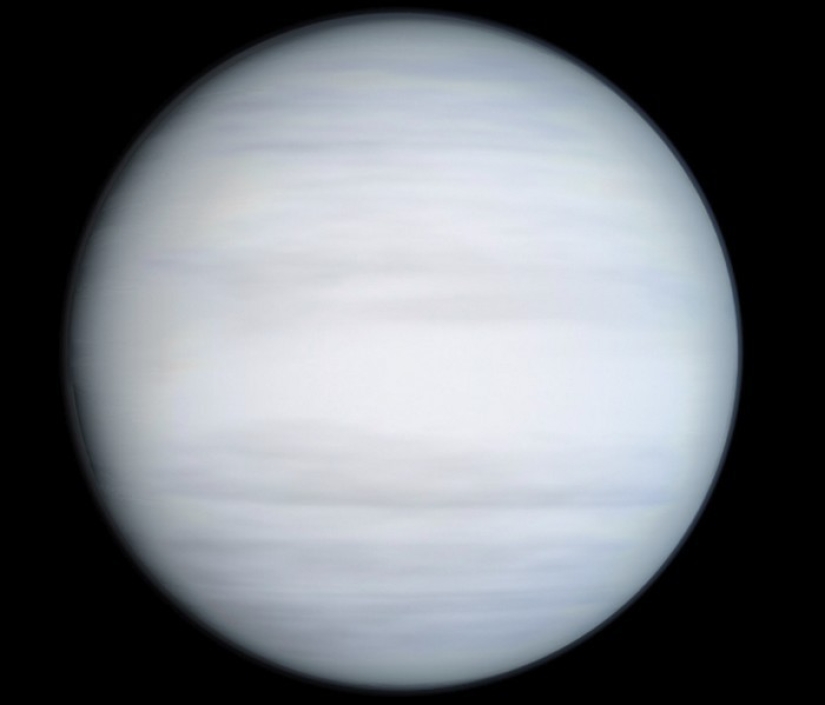
1. Kepler-47c: Home of Tattoo Twin Sunsets
Perhaps one of the most iconic scenes from an episode of Star Wars: A New Hope is the awe-inspiring double sunset on Tatooine, Luke Skywalker's home planet. This scene gives goosebumps to all moviegoers. It turns out that such a world can actually exist. In 2012, astronomers discovered Kepler-47c, an exoplanet nearly 5,000 light-years from Earth. This planet lies within the "habitable zone" of the Kepler-47 binary star system, and given its orbit between two stars, it could have beautiful double Tatooine sunsets. Unfortunately, despite its location in the "residential zone", Kepler-47c is assumed to be an uninhabitable gas giant.

2 Enceladus: twin of Hoth
The Battle of Hoth is an iconic scene from The Empire Strikes Back. This snow-covered tauntaun habitat may very well exist and could be much closer than anyone thinks. Saturn's icy moon Enceladus is teeming with cryovolcanic activity at its south pole. This means that on Enceladus, it is not lava that erupts to the surface in eruptions, but water. Given the severe frost on the moon's surface, water freezes and falls back to the surface as snow at an incredibly slow rate of 0.0001 cm per year.

3 Europe: Mygeeto's little brother
The frozen planet of Mygeeto, a wealthy industrial colony, is the tomb of Jedi Master Ki-Adi-Mundi, who was betrayed by his clones and shot by CC-1138. The resemblance between Europe and this frozen world is indeed striking. The fictional planet Mygeeto has a cold, barren, icy surface due to a years-long absence of tectonic activity. Jupiter's fourth largest moon, Europa, may be Mygeeto's younger brother (although it's a moon, not a planet), as it also has a smooth, icy surface.
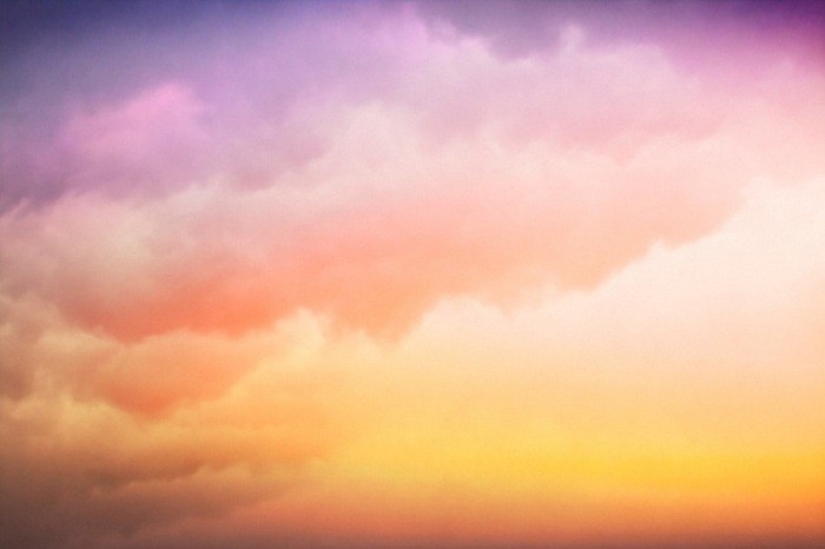
4. Kepler-86c: the future location of Cloud City
Floating high above the toxic clouds of the gas giant Bespin (at an altitude of about 60 km), the crystal clear Cloud City was located in the atmospheric layer of oxygen. There are many gas giants in the Universe, but only a few of them are located in the habitable zone of their star. Kepler-86b is one of the few such planets. Obviously, a huge flying city will not appear on its own, people first need to colonize this planet, and this is worth doing with Kepler-86c for a number of reasons. First of all, this planet lies within the habitable zone, and therefore people do not run the risk of instantly freezing or burning there. Secondly, cyanobacteria can be introduced into the atmosphere of the planet, which receive energy from photosynthesis and release oxygen as a by-product. By the time humans have the technology to fly to Kepler-86c, which is more than 1,200 light-years from Earth, it's entirely possible that there will be the technology to build a flying metropolis on a distant planet.
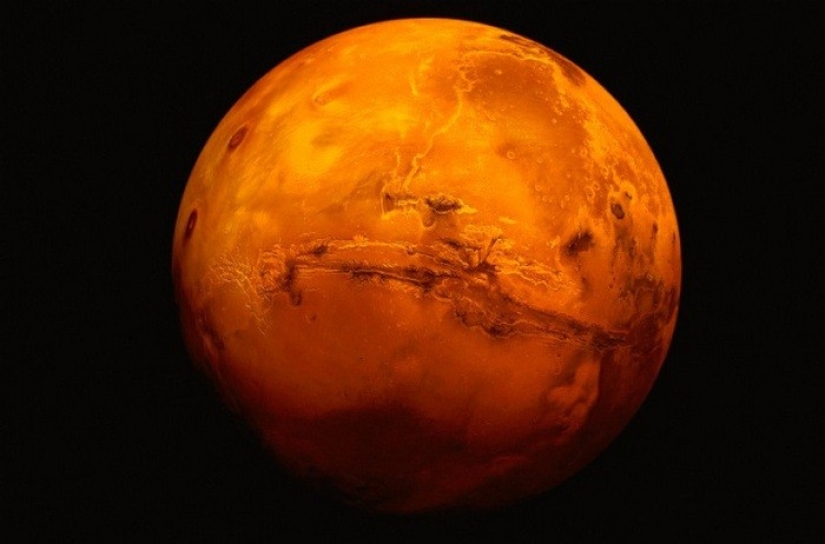
5 Mars: Twin of Geonosis
The battle on the desert planet Geonosis, the first conflict during the Clone Wars, was recounted in Episode II: Attack of the Clones. The planet was notable for its huge canyons and sandstorms. Doesn't that sound like Mars? Although it is worth saying that the diameter of Geonosis was 11,370 km, which is almost twice the diameter of Mars and much closer in size to Earth. Nevertheless, in terms of surface features, Geonosis is almost a twin of Earth's neighbor. Both planets have a minimal amount of water (Mars has 2 percent and Geonosis has 5 percent), and their surface is a vast desert.

6 Earth: Alderaan
Home to the beautiful Princess Leia, the peaceful planet of Alderaan was shown on screen for just a few seconds before being blown to pieces by the infamous Death Star. Alderaan, with its atmospheric clouds, vast oceans and continents, is practically a copy of the Earth.
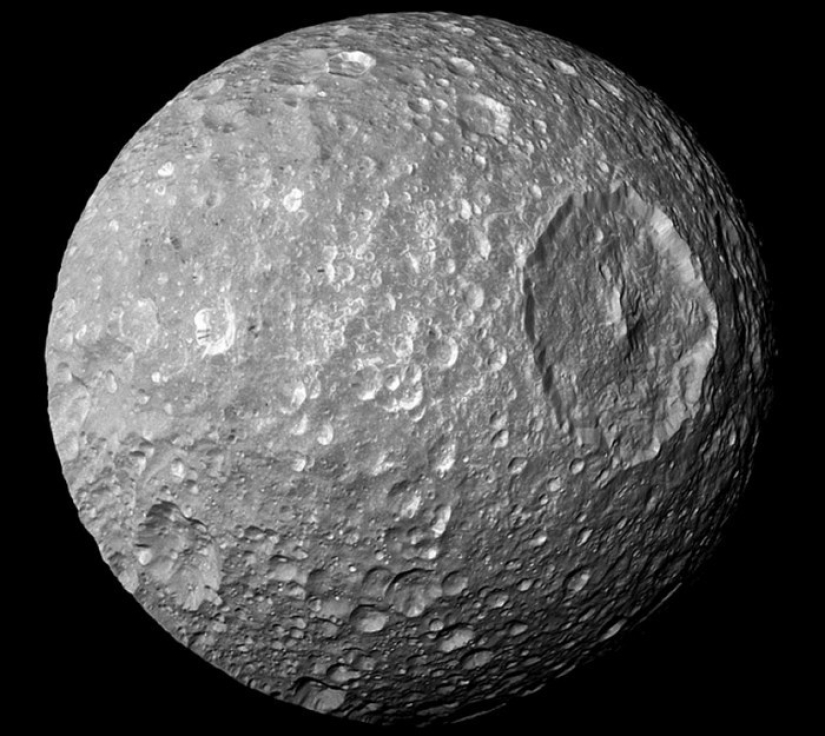
7 Mimas: Death Star
It's not a space station, it's the moon. And it hides in our own solar system. Discovered in 1789 by William Herschel, Mimas is Saturn's seventh largest moon and, due to its massive crater, bears an uncanny resemblance to the Death Star. The first Death Star was 160 kilometers in diameter, and its successor, which began to be built, Death Star II, was already 900 kilometers across. The diameter of Mimas is 397 kilometers. The first photos of Mimas came when Voyager 1 and Voyager 2 orbited the tiny moon in 1980, three years after Star Wars was released, making the resemblance between the moon and the Death Star all the more incredible.

8 Endor Might Exist
The wooded moon of Endor is home to the Ewoks, small, furry creatures that helped defeat the Galactic Empire by destroying the Death Star's shield generator. Such forested satellites may well exist. Outside our solar system, very few gas giants have been discovered that lie in the habitable zone of their star. Although modern equipment cannot detect satellites, it is likely that all of these distant exoplanets have at least one moon. The most likely candidates for the role of such a planet were found in the systems 47-Ursa Major (planet b), HD-28185b, Upsilon Andromeda (planet d) and 55 Cancer (planet e).
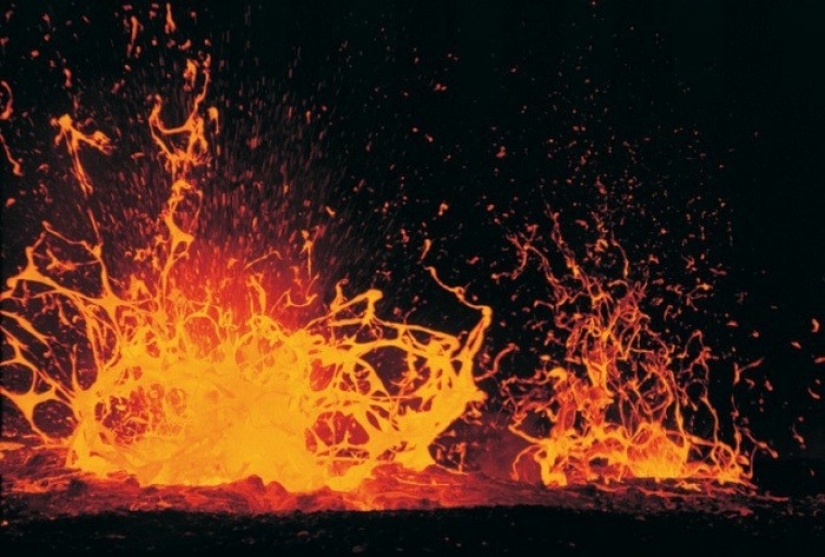
9. UCF-1.01: Another Mustafar
Mustafar was the site of the final battle between Obi-Wan Kenobi and Anakin Skywalker (future Darth Vader). The lava flows that flow across the surface of Mustafar may be reminiscent of Io, the volcanic moon of Jupiter. Io is 3,600 kilometers in diameter, while Mustafar is 4,200 kilometers across. There are also numerous examples of discovered lava planets, notably Kepler-78b, COROT-7b and Alpha Centauri-BB. All of these candidates, however, are much larger than Mustafar, so the recently discovered UCF-1.01 would be an ideal counterpart. The diameter of UCF-1.01 is only 2 times that of Mustafar (8400 kilometers), and it is located 2.7 million kilometers from its parent star (for reference, the Earth is 150 million kilometers from the Sun), which is why the temperature on the surface of this The lava planet is insane 540 degrees Celsius.
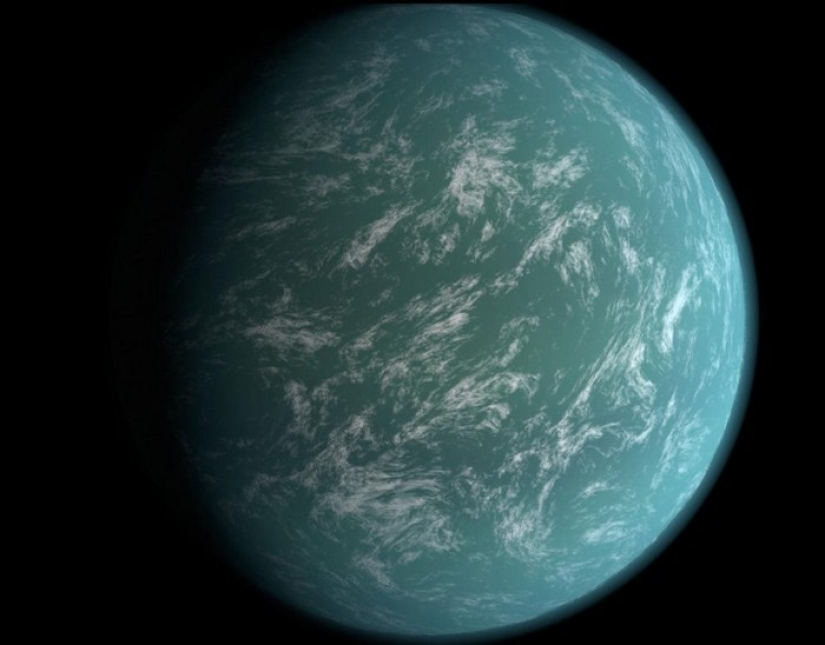
10. Kepler-22b: Camino twin
The entire surface of Camino, also known as the Planet of Storms, is covered by an ocean that has flooded the continents due to global climate change. Despite the vast ocean that covers the entire planet, it is home to a technologically advanced, sophisticated race of Kaminoans who live in pod dwellings above the raging waves. The Kaminoans are known for their advanced cloning techniques, which were subsequently used in Episode II: Attack of the Clones. There are numerous recently discovered planets that are believed to be water planets, such as Kepler-62E, GJ-1214b, and 55-Cancri Ae, but Kepler-22b is an ideal candidate for being a twin of Kamino. Although they differ in size (Kepler-22b is a third larger than Kamino), both planets are completely oceanic and both lie in the habitable zone of their parent star.
Keywords: Universe | Star wars | Planets
Post News ArticleRecent articles

According to one version, street art appeared during the Second World War, when a Kilroy worker began to write "Kilroy was here" on ...

Photographer Brigitte Niedermair works with world-famous glossy magazines and fashion houses. Her regular clients include Dior, ...
Related articles

The life of people on other planets no longer seems like a perfect fantasy, as a few decades ago. Space exploration is being ...

Life on our planet is impossible without the Sun. And perhaps it is difficult to find something more beautiful than sunrise or ...

The artist Andrew Tarusova (who was born in Rybinsk, but now lives in Los Angeles) — their own vision of pop culture. He ...

Portugal was long the world's largest colonial power. This small European kingdom controlled vast territories in the New World, ...